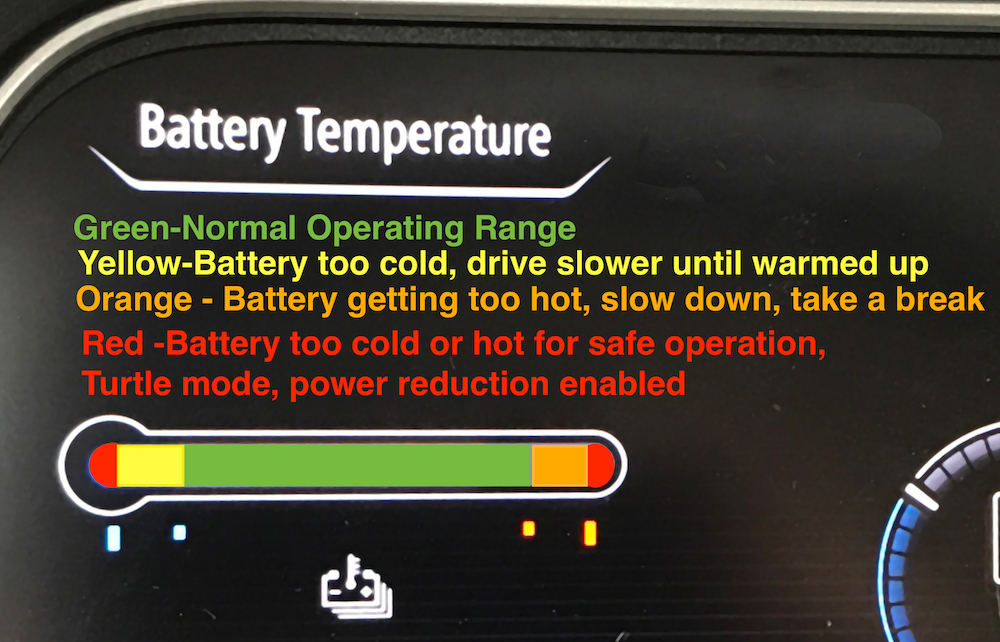OrientExpress
Well-known member
lorenfb said:The present U.S. BMS firmware with reduced charging rates results in battery temps approaching 120-125 F for long charging
times. Those temperatures will increase battery degradation. If the BMS is re-flashed for increased battery charging rates,
the long term Leaf battery degradation will be further compounded. For those with leases, that problem is most likely of little
concern, but for those who purchased their Leaf, that potentially should be of a major concern. The battery temperature
problem is potentially more problematic in the U.S. versus Europe, given the difference in the average summer temperatures
and the longer typical inter city drives requiring more sequential charging.
Not exactly correct. The normal operating temperature of the new batteries is between 30F and 120F. Temperatures close to 120F may be mitigated by slower charging speeds and a eco+ like throttle response based on throttle demand, and somewhere above 125F will trigger a power reduction to the motor and the car will enter into a turtle mode. This also happens below 30F.

While I respect the analysis, its major flaw is that it treats the newer 40 and 62kW batteries as if they have the same characteristics of the obsolete lithium manganese oxide 24 and 30 kW batteries. They do not and the assumption that they do is a serious flaw of the analysis. The nickel manganese cobalt cells of the new battery are much more heat tolerant and can run reliably at temperatures up to 120F. Ongoing testing of these newer batteries at Nissan hot weather proving grounds around the world that started at least three years ago provide significance confidence in their durability. Of course there will always be edge cases, and the Durability and degradation warranty will take care of those edge cases.
At temperatures about between 115F and 120F the BMS will begin to mitigate harm to the battery by reductions in charging speed and performance. The driving style of the operator has a lot to do in how and when these adjustments are made.
There is plenty of publicly available information available discussing the new LEAF batteries, and I would encourage that everyone reading this to add those documents to your reading lists.
Here are a few articles to help you get started:
https://insideevs.com/news/338432/nissan-leaf-40-kwh-battery-deep-dive/
https://www.greencarreports.com/news/1117928_2018-nissan-leaf-battery-technology-a-deep-dive
I have a feeling that many of you will reject and mock this assessment, and that is certainly your prerogative, but it is factual rather than conjecture.
I would also encourage you to compare and contrast the performance and heat tolerance of the current 40 and 62 kW batteries with those that are available from other marques, especially how they throttle their fast charging. I think you will find that they are very similar to the LEAF even though they have active battery cooling.
https://insideevs.com/news/338777/lets-look-at-fast-charging-curves-for-popular-electric-cars/
